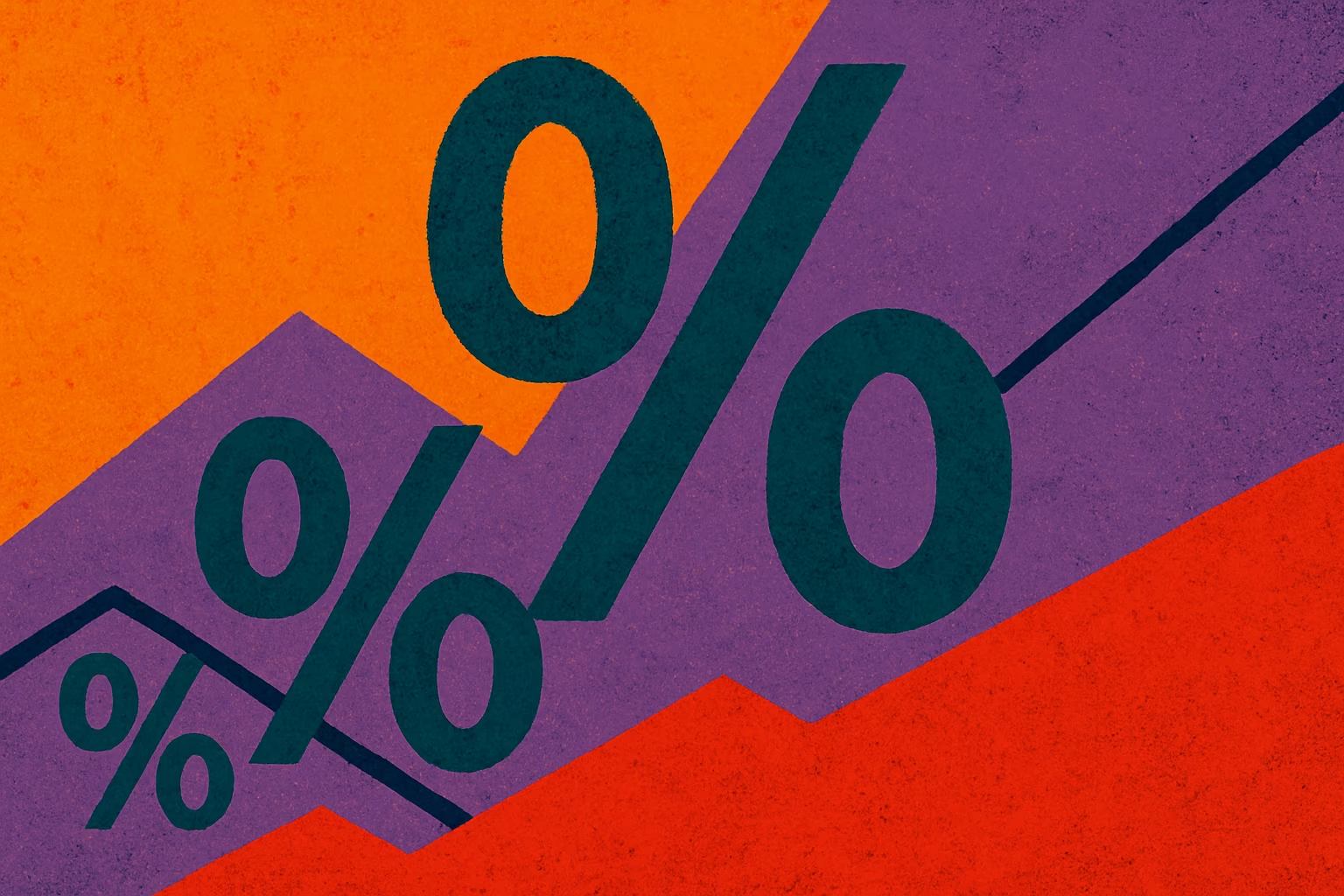Stock market investments have reached record levels, and new data from the JPMorganChase Institute highlight unexpected demographic shifts: young people are starting to invest earlier, and lower-income households are channeling more money into the market. These trends coincide with a decline in the share of young homebuyers and suggest a shift in how wealth is being built. “Fewer people under 25 own a home, but more under 25 are investing in the stock market,” notes George Eckert, director of research at the JPMorganChase Institute.
By early 2025, people earning below the median were five times more likely to invest than they had been a decade earlier. Today, about one in three 25-year-olds has an investment account—six times more than in 2015. Men remain more active investors than women; the gap widened slightly in November 2024, which researchers attribute to “political factors.”
Savings levels, however, remain low: real cash balances and income growth still lag behind pre-Covid benchmarks. This suggests that many are driven into investing by price swings and a belief in “buying the dip,” but without sustained income growth and savings, the potential of this wave is limited.
Researchers explain the surge of interest as a combination of three factors. First, the pandemic: people had more time to trade, and stimulus payments bolstered their accounts. Second, technology: market access became easier, while interfaces and mechanics made investing feel more like a game. Third, price dynamics: the rise in asset values, especially cryptocurrencies, fueled attention and drew in new participants.
Yet opportunities for young and low-income investors are constrained. Tracking cash flows shows that as prices rise, they tend to shift more funds into investments, but this activity fades quickly. “It’s not the healthiest behavior: they follow what the market is doing,” Eckert emphasizes.
Hence the caution. Classic advice calls for regular contributions through cost-averaging strategies rather than jumping in on hype. Those who enter at the peak risk being “late to the game,” adds Chris Whitt, president of the JPMorganChase Institute.
The key question is what comes next: is this the rise of a generation of speculators, or the emergence of a new face of investing? Wall Street is already factoring in the growing role of retail traders. If young investors continue to enter the market more aggressively, their influence on the dynamics and strategies of institutional investors will only grow.
